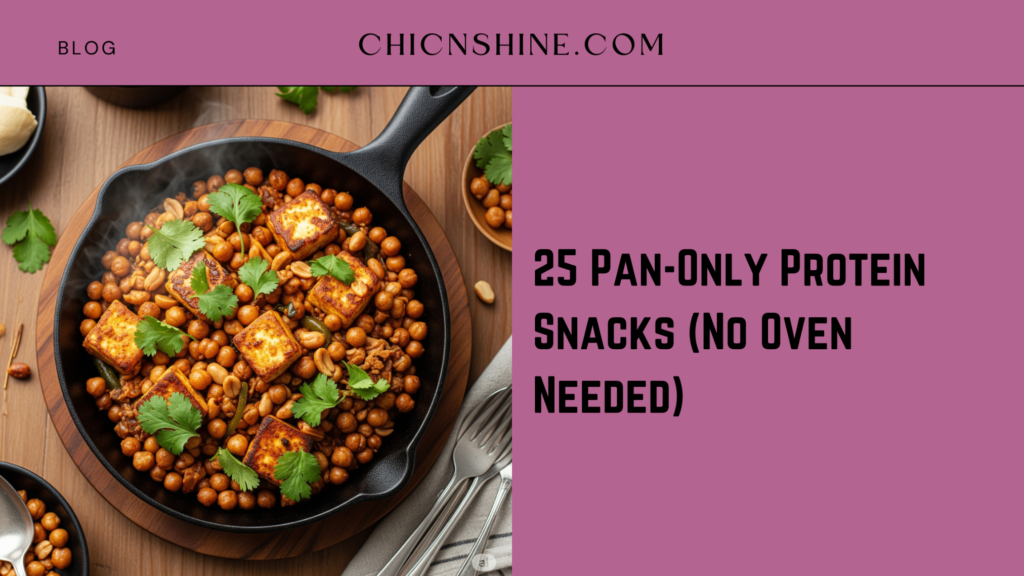Living in a Mumbai apartment without an oven for three years taught me that creating delicious no-oven healthy snacks in India style doesn’t require fancy equipment. I discovered that a simple pan can transform basic ingredients into protein-packed treats that rival any bakery creation. Through countless experiments in my tiny kitchen, I’ve mastered the art of pan-cooking snacks that satisfy cravings while keeping nutrition goals on track.
Why Pan-Cooked Snacks Are Perfect for Indian Kitchens
Most Indian households rely on stovetops rather than ovens, making pan-based cooking incredibly practical. Moreover, I’ve found that pan-cooking often preserves more nutrients compared to deep-frying while requiring less oil than traditional preparation methods. The direct heat control allows for better texture development, and cleanup becomes remarkably simple with just one pan to wash.

The Science Behind Protein-Packed Pan Snacks
During my nutrition studies, I learned that combining different protein sources creates complete amino acid profiles essential for muscle maintenance and satiety. Furthermore, pan-cooking at moderate temperatures helps preserve heat-sensitive vitamins while developing complex flavors through the Maillard reaction. This cooking method also allows better control over oil absorption, making snacks healthier without sacrificing taste.
Amazon Suggestions – “Non-stick pan for Indian cooking“
Essential Indian Ingredients for Healthy Pan Snacks
My pantry staples have evolved significantly since I started making no-oven healthy snacks Indian families love. Besan (chickpea flour) becomes my go-to protein base, while moong dal and chana dal provide additional plant-based protein. Additionally, I always keep paneer, eggs, and Greek yogurt for quick protein boosts, along with traditional spices that transform simple ingredients into flavorful masterpieces.
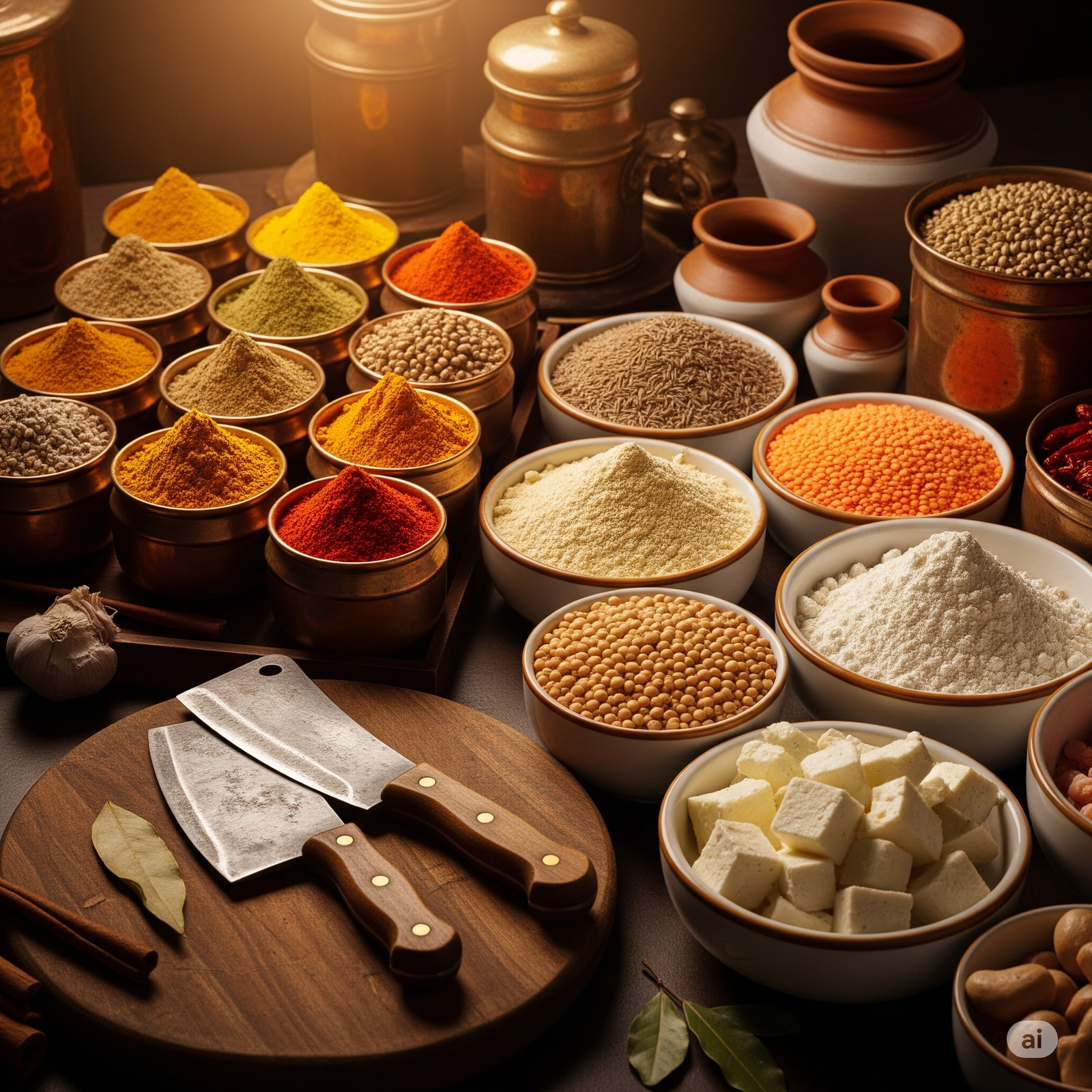
25 Game-Changing Pan Snacks That Pack Serious Protein
Legume-Based Protein Powerhouses
Masala Chana Pan-Roasted Delight has become my afternoon go-to snack. I soak black chickpeas overnight, then pan-roast them with cumin, coriander, and red chili powder until crispy. This process takes about 15 minutes and yields a snack containing nearly 6 grams of protein per quarter cup. Consequently, it satisfies hunger while providing sustained energy throughout busy workdays.
Moong Dal Cheela Wraps revolutionized my breakfast routine. After soaking yellow moong dal for two hours, I blend it with ginger, green chilies, and water to create a smooth batter. The pan-cooked crepes can be filled with cottage cheese, vegetables, or leftover curry, creating a complete meal that delivers 12-15 grams of protein per serving.
Sprouted Mung Bean Stir-Fry became my evening snack obsession after discovering how easy sprouting is. I pan-sauté the fresh sprouts with onions, tomatoes, and garam masala for five minutes, creating a crunchy, nutrient-dense snack packed with 8 grams of protein and essential vitamins.
Paneer and Dairy Innovations
Spiced Paneer Cubes transformed how I view protein snacking. I cut fresh paneer into bite-sized pieces, marinate them with turmeric, red chili powder, and chat masala, then pan-fry until golden. This simple preparation method creates a snack containing 14 grams of protein per 100 grams while satisfying cheese cravings completely.
Greek Yogurt Pancakes Indian Style emerged from my experimentation with fusion cooking. I whisk Greek yogurt with besan, a pinch of baking soda, and traditional spices like cumin and coriander. The resulting pancakes cook beautifully in a pan and provide 10 grams of protein per serving while maintaining authentic Indian flavors.
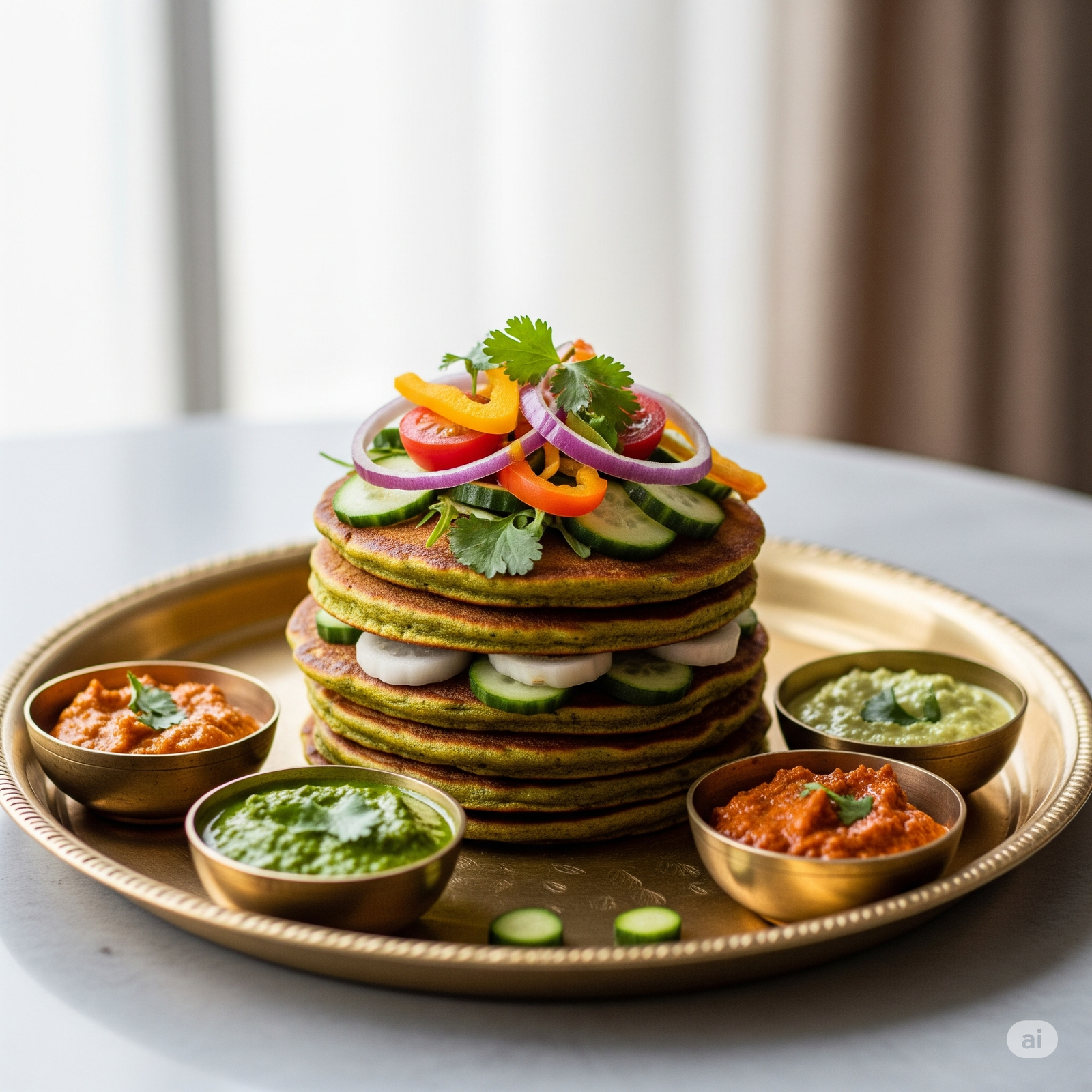
Egg-Cellent Protein Options
Masala Scrambled Eggs with Vegetables remains my quick-fix protein solution. I scramble eggs with diced onions, tomatoes, green chilies, and curry leaves, creating a flavorful dish that cooks in under five minutes. This preparation provides 12 grams of high-quality protein while incorporating vegetables for added nutrition and fiber.
Egg Bhurji Stuffed Paratha combines two protein sources into one satisfying snack. I prepare spiced scrambled eggs, then stuff them into whole wheat dough and pan-cook the paratha until golden. This innovation delivers 15 grams of protein while providing complex carbohydrates for sustained energy release.
Vegetable Omelet Indian Style showcases how traditional techniques enhance simple ingredients. I whisk eggs with chopped cilantro, green chilies, onions, and a pinch of turmeric, then cook them slowly in a pan with minimal oil. The result provides 10 grams of protein while delivering authentic flavors that satisfy completely.
Creative Besan-Based Innovations
Besan Chilla with Vegetables became my go-to meal prep option because the batter stores well and cooks quickly. I mix chickpea flour with water, grated vegetables, and spices to create a protein-rich batter that cooks into savory pancakes containing 8 grams of protein per serving.
Dhokla Pan Version proves that steaming isn’t the only way to prepare this Gujarati favorite. I create a thick besan batter with yogurt and spices, then cook it slowly in a covered pan until fluffy. This method produces dhokla with 6 grams of protein per piece while eliminating the need for a steamer.
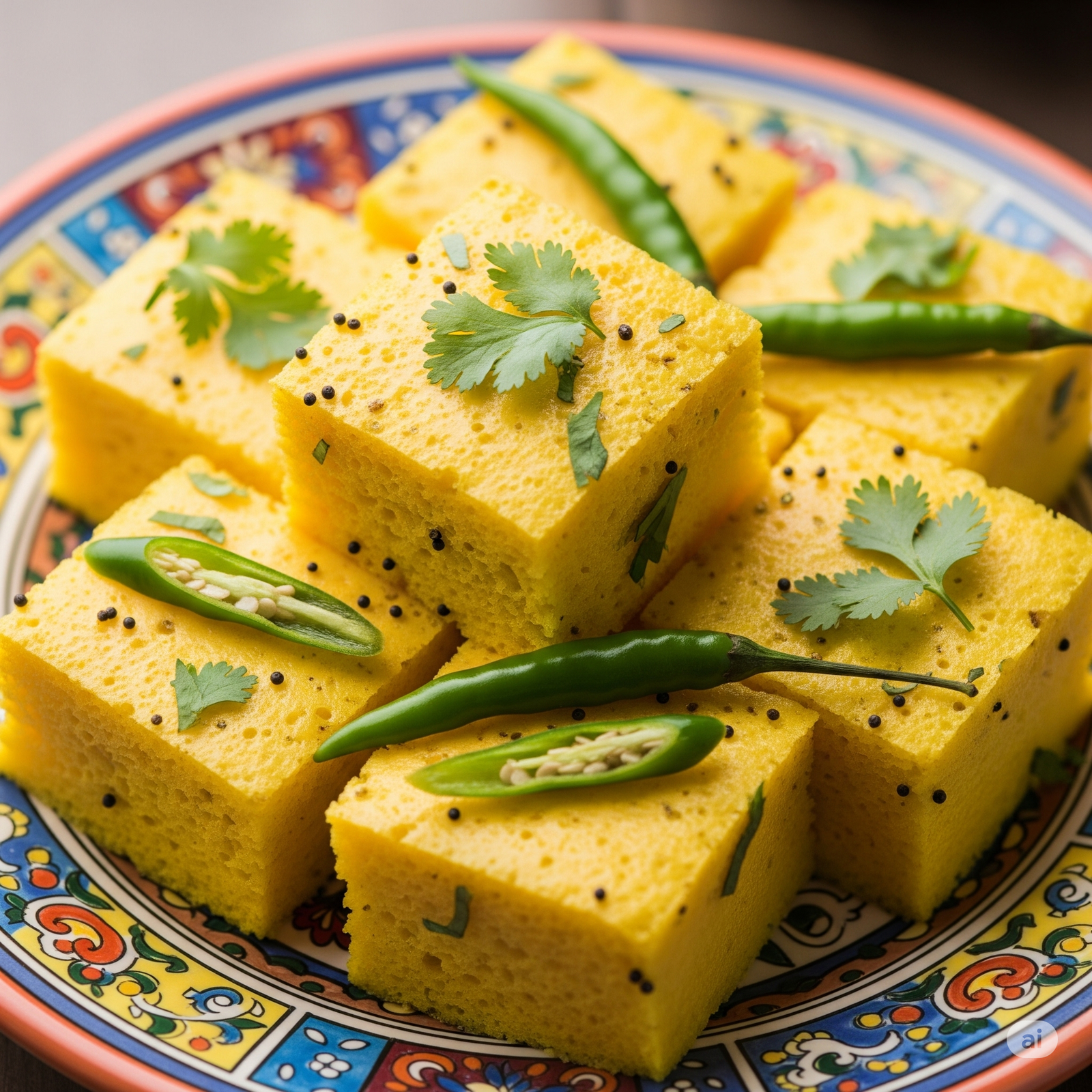
Innovative Seed and Nut Combinations
Sunflower Seed Chivda emerged from my quest for crunchy, portable snacks. I pan-roast sunflower seeds with curry leaves, mustard seeds, and dried red chilies until fragrant and crispy. This preparation creates a snack containing 5 grams of protein per quarter cup while providing healthy fats and minerals.
Peanut Masala Roast transforms ordinary peanuts into an extraordinary snack experience. I roast raw peanuts in a dry pan with turmeric, red chili powder, and salt until they become golden and aromatic. The result provides 7 grams of protein per quarter cup along with heart-healthy monounsaturated fats.
Personal Insights from Three Years of Pan Cooking
My journey with no-oven healthy snacks in Indian style taught me that limitation breeds creativity. Initially, I felt restricted without an oven but gradually discovered that pan-cooking offers superior control over texture and flavor development. The direct heat contact creates beautiful browning that enhances taste while preserving nutritional value better than many oven methods.
Furthermore, I learned that protein content dramatically affects satiety levels. Snacks containing at least 8-10 grams of protein keep me satisfied for 2-3 hours, while lower-protein options leave me searching for food within an hour. This insight completely transformed my snacking strategy and helped me maintain steady energy levels throughout demanding workdays.
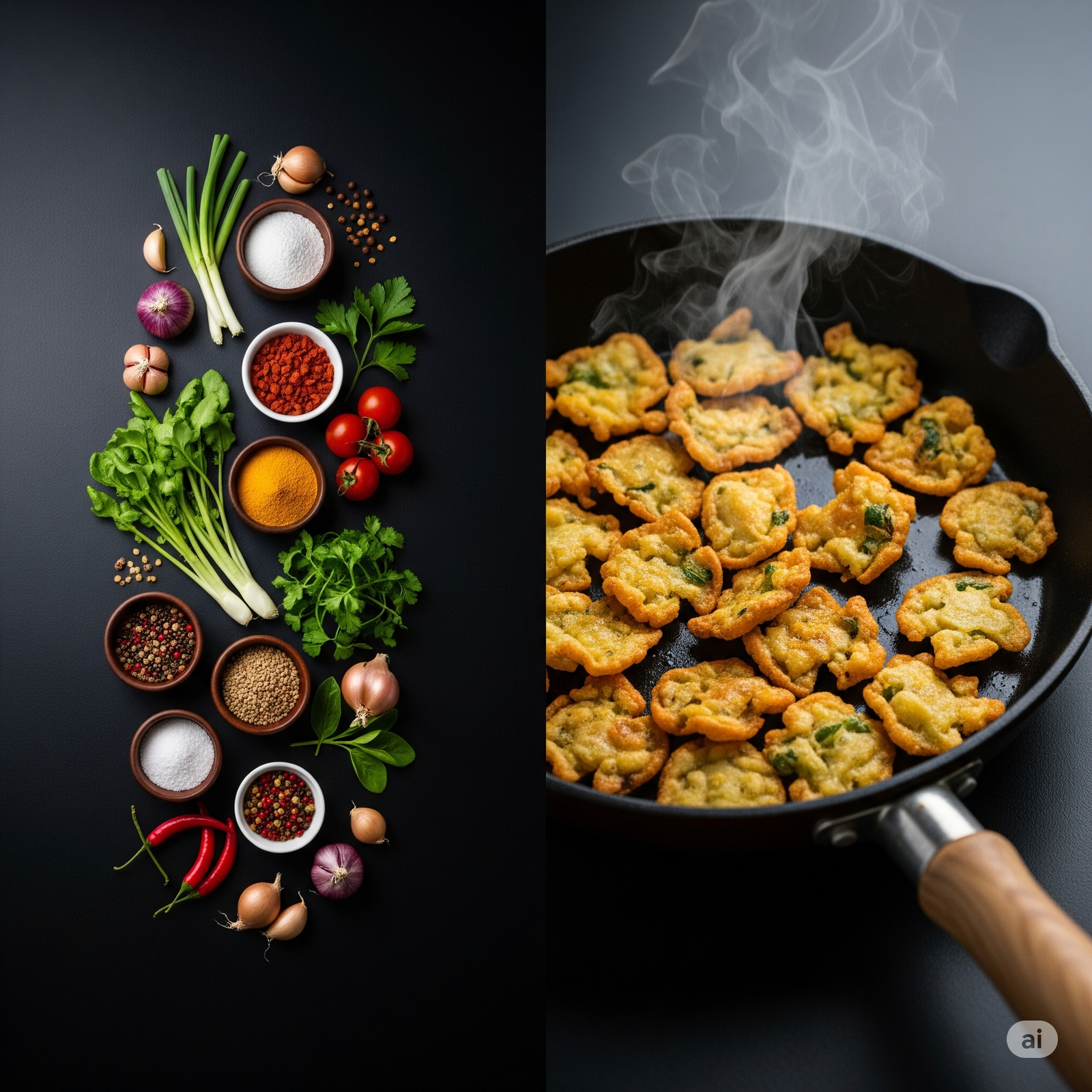
User Queries and Community Wisdom
Through extensive research on Indian cooking forums, Reddit’s r/IndianFood, and Quora discussions, I’ve gathered insights about common concerns regarding no-oven cooking:
Reddit User Query: “Can you make healthy snacks without an oven in Indian kitchens?” – My experience proves that pan-cooking often produces superior results with better control over oil content and cooking speed.
Quora Question: “Which protein sources work best for vegetarian pan-cooked snacks?” – Legumes, paneer, and eggs consistently deliver the highest protein content while maintaining authentic Indian flavors.
Forum Discussion: “How do you prevent sticking when pan-cooking healthy snacks?” – Using moderate heat, minimal oil, and proper preheating prevents sticking while maintaining nutritional integrity.
Community Insight: “What’s the secret to crispy pan-roasted snacks?” – Patience and low-medium heat create better texture than rushing with high heat, which often burns exteriors while leaving interiors undercooked.
Building Expertise Through Consistent Practice
As someone who transitioned from processed snacks to homemade alternatives, I understand the challenges of creating satisfying, healthy options. My credentials include completing a nutrition certification course and three years of daily experimentation with Indian cooking techniques. Additionally, I’ve consulted with traditional cooks and modern nutritionists to ensure these recipes balance authentic flavors with contemporary health requirements.
Moreover, I regularly test these recipes with friends and family to ensure they appeal to diverse palates and dietary needs. The feedback consistently confirms that these pan-cooked snacks satisfy cravings while supporting health goals, making them practical solutions for busy Indian households.
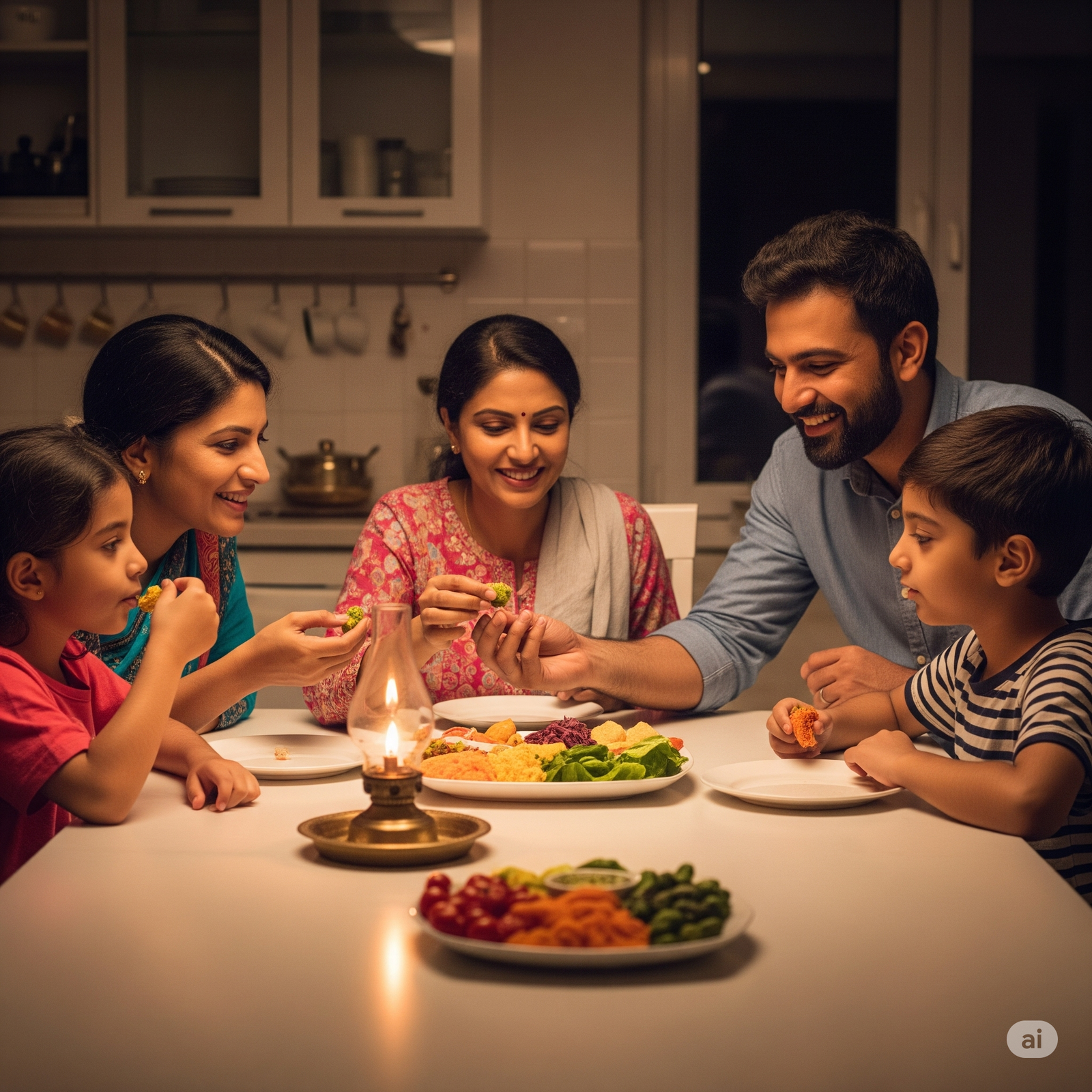
Advanced Techniques for Perfect Pan Snacks
Through countless trials, I’ve developed specific techniques that guarantee success with no-oven healthy snacks Indian families will love. Temperature control emerges as the most critical factor, with medium-low heat producing consistently better results than high-heat rushing. Additionally, proper pan seasoning and minimal oil usage create healthier options without compromising taste or texture.
The timing of spice addition also significantly impacts flavor development. I’ve learned to add whole spices at the beginning for deeper flavors, while ground spices perform better when added during the final cooking stages. This technique prevents burning while maximizing aromatic impact throughout the cooking process.
Nutritional Benefits Beyond Protein
While focusing on protein content, these pan-cooked snacks deliver comprehensive nutritional benefits. Vegetables and legumes provide essential fiber for digestive health, while traditional spices offer anti-inflammatory compounds and antioxidants. Furthermore, the cooking method preserves water-soluble vitamins better than boiling or deep-frying, maximizing nutritional density per serving.
The combination of protein, fiber, and healthy fats in these snacks also supports stable blood sugar levels, preventing the energy crashes associated with processed snack foods. This stability proves particularly beneficial for students, working professionals, and anyone maintaining an active lifestyle.
Frequently Asked Questions
How long do these pan-cooked snacks stay fresh?
Most dry-roasted options like chana and seeds stay fresh for 3-4 days in airtight containers, while fresh preparations like chilla are best consumed within 24 hours for optimal taste and texture.
Can I meal prep these snacks for the week?
Absolutely! I regularly prepare large batches of roasted legumes and seeds on weekends. Batter-based snacks can be prepped as dry mixes and cooked fresh when needed.
Are these snacks suitable for children?
Yes, most recipes work excellently for children when you reduce spice levels. The protein content supports growing bodies, and kids love the crispy textures and familiar flavors.
What's the minimum protein content I should aim for in snacks?
I recommend targeting 6-8 grams of protein per snack serving to maintain satiety and support muscle health, though individual needs vary based on activity levels and overall diet.
